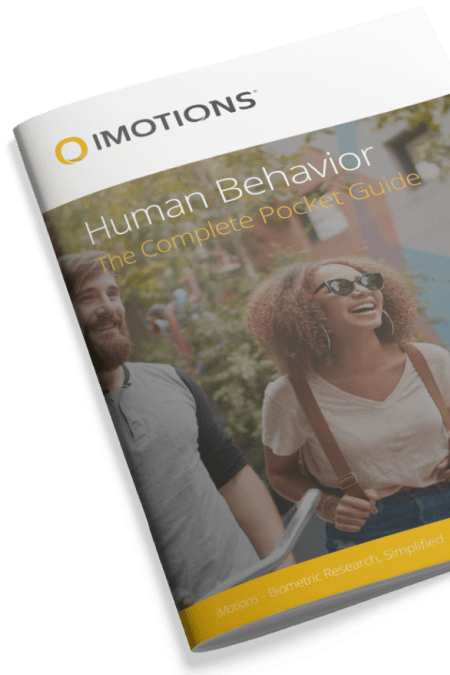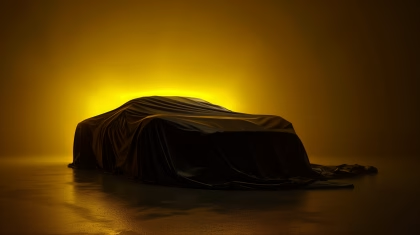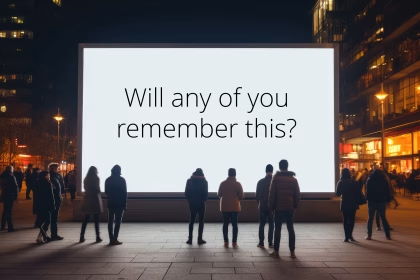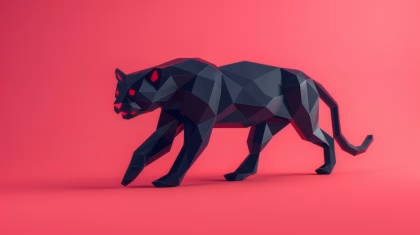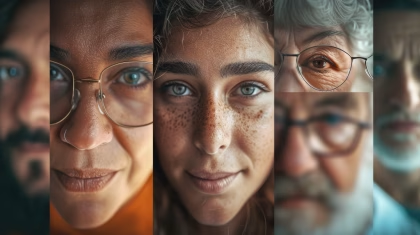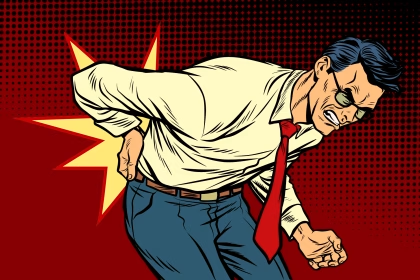Choice blindness refers to the phenomenon where individuals are unaware of the choices they did not make. This cognitive bias reveals how people justify decisions post hoc, often unaware of their true preferences. Understanding choice blindness can provide insights into decision-making processes and the complexities of human behavior.
Table of Contents
Think about the last time you picked between two brands, maybe two chocolate bars at the checkout, two face moisturizers that look basically identical, or two Netflix shows that both seemed “fine”. You made your choice. Now imagine that, without you realizing, you actually got the other one. And here’s the fun part: you’d probably still explain why it was definitely your favorite.
Now, you’re probably, and rightly, thinking that this sounds impossible, right? You’re probably thinking that of course you’d notice getting the lesser of two district options. But that’s the trap. Most of us do this without realizing it. Even people who are absolutely certain they wouldn’t fall for it do, and they’ll confidently defend the switched choice as if it were their own.
That’s choice blindness in action, and it’s a reminder that if we only rely on what people say they prefer, we’re often hearing a story about their choice, but not seeing the process that led them to it.

So, What Is Choice Blindness?
Choice blindness is a strange, and very human thing. It’s when we don’t notice when our decisions get quietly swapped out… and then we go on to explain the new outcome like it was exactly what we wanted all along.
It’s not a glitch. It’s just how our brains work.
We don’t actually walk around with a perfect mental log of everything we’ve chosen and why – that would take up too much brain power. Instead:
- We rebuild memories after the fact, filling in the blanks with whatever makes sense.
- We justify our choices once they’re made, even if those justifications weren’t part of the decision in the first place.
- And we really want to feel consistent, like we’re in control, like our preferences make sense, even if that means quietly rewriting the story to fit.
And so, we come to the uncomfortable truth.
We don’t always know why we choose what we choose. And sometimes, we’ll even confidently defend decisions that we never actually made – simply because they feel like ours.
Choice Blindness in Action
A well-known study on choice blindness took place in a supermarket, where shoppers were asked to taste two varieties of jam or tea and choose their favorite. After making a selection, they were asked to sample it again and explain their preference, except researchers secretly switched the samples, giving them the item they had not chosen.
Surprisingly, most participants didn’t notice the switch. Even with distinct flavors like apple-cinnamon versus grapefruit, fewer than a third detected the change—offering confident explanations for a choice they never actually made. The study highlights how unaware we can be of our own decision-making processes, even in direct sensory experiences.
Why Choice Blindness Matters for Consumer Research and Marketing
Most of the choices people make today, especially as consumers, are happening in environments that are perfectly set up for choice blindness.
Think about it:
- You’re scrolling fast, clicking instinctively.
- You’re choosing between products that look nearly identical.
- You’re relying on gut feel, a pretty label, a familiar logo – not a spreadsheet of pros and cons.
Like it, or hate it – that’s modern decision-making. And it’s why understanding choice blindness isn’t just a whimsical psychological twist, it’s essential for making sense of what people really want (versus what they say they want). Saturation happens in every area of consumer engagement, 200 different conditioners all containing the same variety of exotic fruits and tanned lush-haired people, there’s only so much you will accept in a candy bar, so all will do,
Here’s what it means in practice:
- 1. What People Tell You Isn’t Always What Drove the Choice
Someone might say they picked Brand A because it “seemed more premium” or “felt more trustworthy,” but often that reasoning comes after the decision, not before. It’s a story that makes the choice feel rational. That doesn’t mean they’re lying, it just means their explanation isn’t the full picture. And if we’re treating those stories as data, we’re missing the real behavior underneath.
- 2. Small Changes Can Quietly Steer Big Decisions
A product moved to eye level, a slightly different color scheme, or a default selection that’s already checked, these tiny design tweaks can completely shift what people choose. And here’s the kicker: they usually don’t notice. But they’ll still stand by the choice, 100%. That’s why framing, layout, and UX matter more than most surveys will ever tell you.
- 3. Memory Gets Messy, Fast
When choices are made quickly, and especially when options look or feel similar, people don’t always remember which one they picked in the first place. So when you ask them to reflect afterward, they might be talking about something they didn’t actually choose. In those moments, context, what’s in front of them right now, has more influence than past intent.
- 4. People Want to Feel Consistent, Even If the Data Isn’t
Once someone believes they’ve made a choice, they’ll often stick to it, even if the actual decision was nudged, swapped, or manipulated. Why? Because feeling consistent feels good. It supports our sense of identity and control. But that drive for coherence can blur the line between what was actually chosen and what now feels like it was.
What It Means for Neuromarketing & Behavioral Research
Choice blindness is a big flashing reminder that what people say doesn’t always line up with what they do, or how they actually feel. That’s why the smartest consumer research doesn’t stop at surveys or focus groups. It layers methods, catching both the conscious stories and the unconscious signals driving them.
Here are a few ways to put that into practice:
- Combine what people say with what their bodies show.
Self-reports are useful, but they’re incomplete. Tools like eye tracking, skin conductance (GSR), and facial expression analysis can capture the emotional and attentional responses consumers often can’t (or won’t) put into words. Together, these paint a fuller picture.
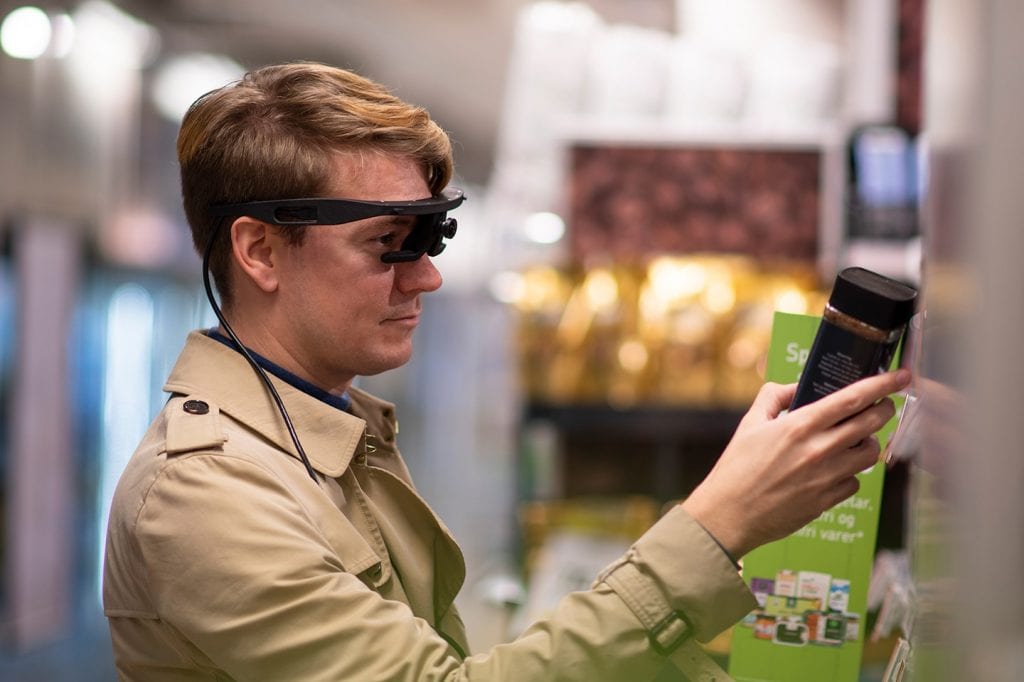
- Try “swap” experiments when testing concepts.
If you quietly switch product variants or ad versions, you’ll see just how flexible people’s preferences really are, and how quickly they’ll defend the “new” choice as if it was always theirs. It’s a powerful way to uncover hidden decision drivers.
- Design for nudges, not just choices.
Defaults, ordering, and context all matter more than people realize. By structuring environments with care, you can guide decisions in ways that feel natural and satisfying, even if consumers can’t explain why they leaned that way.
- Treat explanations as stories, not truth serum.
When someone tells you why they chose a product, think of it as narrative, not raw data. It shows how they’re making sense of their choice, but it doesn’t necessarily reveal the decision engine underneath.
The Bigger Picture – Consumers as Storytellers, Not Analysts
The truth it, that its crucial to remember that, consumers aren’t calculators walking around with neatly stored preferences. They’re storytellers. Every choice, from which cereal they grab to which car they buy, is filtered through memory, emotion, and unconscious influence. And afterward, they stitch it all together into a story that feels consistent and true.
For researchers, marketers, and product teams, that means the question isn’t just “What did they say they prefer?” The better question is: “What actually shaped their behavior – and how are they making sense of it now?”
That shift in perspective matters. Because when we recognize the gap between how decisions are made and how they’re explained, we design with more empathy, craft messages that resonate deeper, and interpret feedback with sharper accuracy.
Consumers may not always give us perfect data, but they give us something that can be so much more valuable, they can give you a window into the stories they tell themselves. And that’s where the real insight lives.
Free 52-page Human Behavior Guide
For Beginners and Intermediates
- Get accessible and comprehensive walkthrough
- Valuable human behavior research insight
- Learn how to take your research to the next level
